The Fulbright Foreign Student Program stands as a beacon of international educational exchange, fostering mutual understanding between the United States and over 160 countries worldwide. Established in 1946, this prestigious program has enabled thousands of graduate students, young professionals, and artists from around the globe to pursue advanced studies and research in the U.S., thereby promoting cross-cultural collaboration and academic excellence.
Historical Background
Initiated by Senator J. William Fulbright, the program was conceived in the aftermath of World War II with the vision of promoting peace and understanding through educational exchange. Since its inception, the Fulbright Program has expanded significantly, becoming one of the most esteemed international exchange programs globally. It has facilitated the exchange of ideas, culture, and knowledge, contributing to the development of leaders and scholars who have made significant impacts in various fields.
Program Overview
The Fulbright Foreign Student Program offers scholarships to approximately 4,000 foreign students annually, enabling them to study and conduct research in the United States. Administered by binational Fulbright Commissions and Foundations or U.S. Embassies, the program operates in more than 160 countries. These entities are responsible for processing applications, overseeing selection procedures, and providing support to grantees throughout their academic journey.
Objectives and Mission
The core mission of the Fulbright Program is to increase mutual understanding between the people of the United States and other countries. By facilitating educational exchanges, the program aims to nurture leaders who can contribute to solving global challenges, promote peace, and enhance international cooperation. It emphasizes academic excellence, cultural exchange, and the development of professional skills.
Eligibility Criteria
Eligibility for the Fulbright Foreign Student Program varies by country, as each binational commission or U.S. Embassy sets specific requirements based on local contexts. However, general criteria include:
- Residency: Applicants must reside in their country of nomination at the time of application.
- Academic Qualifications: Candidates should possess the equivalent of a U.S. bachelor’s degree with a strong academic record.
- Professional Experience: Some programs may require applicants to have relevant professional experience in their field of study.
- Language Proficiency: Proficiency in English is typically required, demonstrated through standardized tests such as the TOEFL or IELTS.
Prospective applicants are advised to consult the specific eligibility requirements and application guidelines provided by the Fulbright Commission or U.S. Embassy in their home country.
Application Process of Fulbright Foreign Student Program
The application process for the Fulbright Foreign Student Program is comprehensive and requires careful preparation. Key components include:
- Researching Opportunities: Identify suitable programs and institutions in the U.S. that align with your academic and professional goals.
- Preparing Application Materials: This typically includes academic transcripts, standardized test scores, a personal statement, research proposal (if applicable), and letters of recommendation.
- Submission: Applications are submitted through the Fulbright Commission or U.S. Embassy in the applicant’s home country.
- Interview: Shortlisted candidates may be invited for an interview as part of the selection process.
- Selection and Placement: Successful applicants are notified and assisted with placement at U.S. institutions.
It is crucial to adhere to the application deadlines and guidelines specific to your country, as they can vary.
Benefits of the Fulbright Foreign Student Program
Fulbright grants are comprehensive, offering a range of benefits to ensure a successful academic experience in the U.S. These benefits may include:
- Tuition and Fees: Coverage of tuition costs at U.S. institutions.
- Living Stipend: A monthly allowance to cover living expenses.
- Health Insurance: Accident and sickness coverage during the program duration.
- Travel Costs: Round-trip transportation to and from the United States.
- Professional Development: Opportunities for enrichment activities, networking, and cultural events.
Specific benefits may vary depending on the country and the terms set by the respective Fulbright Commission or U.S. Embassy.
Fields of Study
The Fulbright Foreign Student Program supports study and research in a wide array of disciplines, including but not limited to:
- Humanities
- Social Sciences
- Natural Sciences
- Technology
- Engineering
- Mathematics
- Arts
Applicants are encouraged to propose projects that align with their academic background and career aspirations.
Duration and Renewal
The duration of the Fulbright grant varies depending on the nature of the study or research program. Grants are typically awarded for one academic year, with the possibility of renewal for a second year based on academic performance and funding availability.
Responsibilities of Grantees
Fulbright grantees are expected to:
- Maintain Academic Standards: Achieve satisfactory academic progress in their respective programs.
- Engage in Cultural Exchange: Actively participate in cultural activities and share their home country’s culture with Americans.
- Adhere to Program Policies: Comply with the terms and conditions of the Fulbright grant, including visa regulations and reporting requirements.
- Return to Home Country: Fulbright grantees are generally required to return to their home country upon completion of the program to share their experiences and contribute to their communities.
Alumni Network and Impact
Fulbright alumni form a global network of professionals and leaders who have made significant contributions in various fields. The program boasts numerous distinguished alumni, including Nobel Laureates, Pulitzer Prize winners.
Certainly. Here is a continuation of the article, providing detailed information on Application Deadline, How to Apply, Eligible Regions, and Fellowship Program Fields, integrated into the larger structure of the original piece.
Application Deadlines
One of the most important aspects of the Fulbright Foreign Student Program is adhering to country-specific deadlines. Unlike many centralized application systems, the Fulbright Program operates through a decentralized model where each participating country manages its own selection process via a U.S. Embassy or a Fulbright Commission.
- General Timeframe: The application process usually opens between February and May, with deadlines falling between March and October, depending on the country.
- Selection and Placement: After submission, shortlisted candidates undergo interviews and document evaluations. Final selections are typically made by mid to late fall.
- Notification Period: Applicants are usually notified of their status by the end of the year or early the following year, with the academic program in the U.S. commencing in August or September.
🛈 Important: Because deadlines and requirements vary by country, prospective applicants should visit the Fulbright Foreign Student Program’s official website and select their country to access specific timelines and procedures.
How to Apply to Fulbright Foreign Student Program
The Fulbright application process is thorough and rigorous, designed to identify individuals with academic merit, leadership potential, and a commitment to intercultural understanding. Here’s a breakdown of the key steps:
Step 1: Research and Prepare
- Visit the Fulbright country-specific page to review application instructions, eligibility, and deadline.
- Determine whether your goals align better with a Master’s degree, Ph.D., or non-degree research under the Fulbright umbrella.
- Explore U.S. universities and programs that offer coursework or faculty support relevant to your goals.
Step 2: Compile Required Documents
Most applications include:
- Completed application form (online)
- Personal statement (approximately 1–2 pages)
- Study/Research Objective or Statement of Purpose
- Letters of recommendation (usually 3)
- Academic transcripts and certificates
- TOEFL/IELTS and GRE/GMAT scores (if required)
- Passport identification page (for ID purposes)
Step 3: Submit Online
- Submit the completed application online through your country’s Fulbright platform or portal.
- Some countries also require hard copies of the application in addition to digital submission.
Step 4: Interview and Evaluation
- If shortlisted, you will be contacted for an interview.
- Finalists’ applications are then submitted to the J. William Fulbright Foreign Scholarship Board (FFSB) for approval.
Step 5: University Placement
- The Institute of International Education (IIE) typically manages university placement for Fulbright grantees.
- Applicants may specify a preferred university, but IIE makes final placement decisions based on compatibility and funding availability.
Eligible Regions for Fulbright Foreign Student Program
The Fulbright Foreign Student Program is open to citizens of more than 160 countries around the world. These countries are divided into geographic regions for administrative purposes:
1. Sub-Saharan Africa
- Nigeria, Kenya, Ghana, South Africa, Uganda, Ethiopia, etc.
2. East Asia and the Pacific
- China, Indonesia, Malaysia, Thailand, Philippines, Vietnam, South Korea, Australia, etc.
3. Europe and Eurasia
- United Kingdom, Germany, France, Turkey, Ukraine, Poland, Armenia, etc.
4. Middle East and North Africa
- Egypt, Jordan, Morocco, Tunisia, Lebanon, Iraq, Israel, etc.
5. South and Central Asia
- India, Pakistan, Bangladesh, Nepal, Sri Lanka, Kazakhstan, etc.
6. Western Hemisphere
- Brazil, Mexico, Argentina, Colombia, Chile, Canada, Jamaica, etc.
💡 Note: Each country has its own Fulbright Program contact office that oversees local operations. Be sure to contact the Fulbright Commission or U.S. Embassy in your home country to ensure eligibility and access the application portal.
Fellowship Program Fields
The Fulbright Foreign Student Program supports a broad range of disciplines and academic fields, allowing participants from diverse backgrounds to contribute to and benefit from U.S. educational institutions. The supported fields include, but are not limited to:
1. STEM (Science, Technology, Engineering, Mathematics)
- Computer Science and AI
- Renewable Energy
- Environmental Science
- Biomedical Engineering
- Physics and Chemistry
2. Social Sciences
- Political Science
- International Relations
- Sociology
- Anthropology
- Public Policy and Administration
3. Humanities
- History
- Philosophy
- Linguistics
- Literature
- Religious Studies
4. Education and Development
- Curriculum Development
- Teacher Education
- Educational Technology
- Educational Leadership
5. Health and Public Health
- Epidemiology
- Public Health Policy
- Global Health
- Nursing and Midwifery
6. Business and Economics
- Finance
- Marketing
- International Business
- Development Economics
- Entrepreneurship
7. Media and Communications
- Journalism
- Mass Media
- Digital Communication
- Strategic Communication
8. Law and Human Rights
- International Law
- Humanitarian Law
- Civil and Political Rights
- Environmental Law
9. Art and Culture
- Performing Arts (Theatre, Dance, Music)
- Visual Arts
- Film and Media Production
- Cultural Heritage Preservation
🎓 The Fulbright Program encourages interdisciplinary approaches and research that has practical, social, or policy impacts. Fields may vary by country and are sometimes prioritized according to regional needs.
Additional Fulbright Fellowships and Opportunities
While the Fulbright Foreign Student Program is primarily focused on graduate education and research, it is part of a broader suite of Fulbright initiatives. Other opportunities include:
- Fulbright Scholar Program: For experienced professionals and academics seeking to lecture or conduct research.
- Fulbright Visiting Scholar Program: For postdoctoral research.
- Fulbright Specialist Program: Short-term collaborations with U.S. institutions.
- Fulbright Foreign Language Teaching Assistant (FLTA): Opportunities for early-career English teachers to teach their native languages in the U.S.
- Fulbright-Hubert H. Humphrey Fellowship Program: For mid-career professionals in public service.
Each of these programs caters to a specific group and has different eligibility criteria, durations, and objectives.
Conclusion
The Fulbright Foreign Student Program is more than just a scholarship; it is a life-changing journey that empowers individuals to become global citizens and change agents in their respective communities. By investing in educational exchange, the program continues to foster global peace, understanding, and cooperation.
Whether your ambition is to pursue a master’s degree in biomedical science, research public health initiatives, explore digital media innovations, or promote cultural heritage through the arts—Fulbright opens the door to transformative experiences in the United States.
Ready to Start?
Explore your country’s Fulbright application page at:
🔗 https://foreign.fulbrightonline.org/applicants





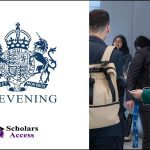
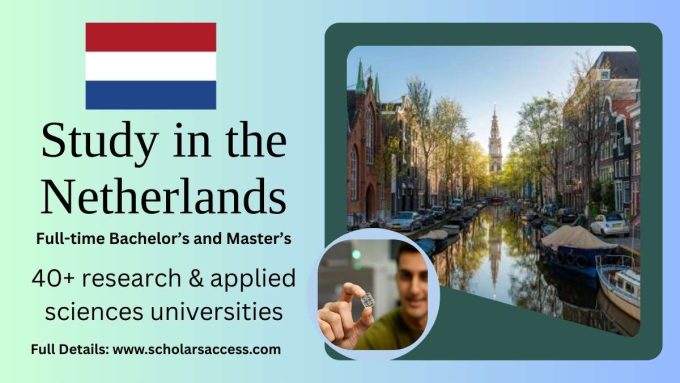
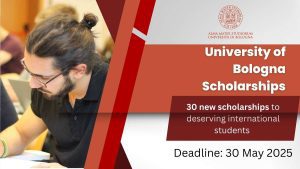
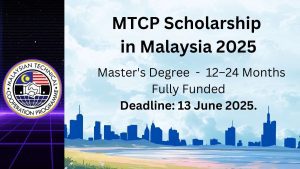
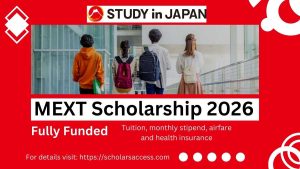

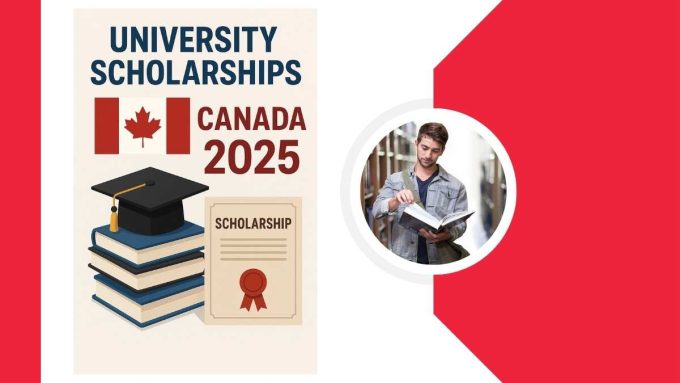
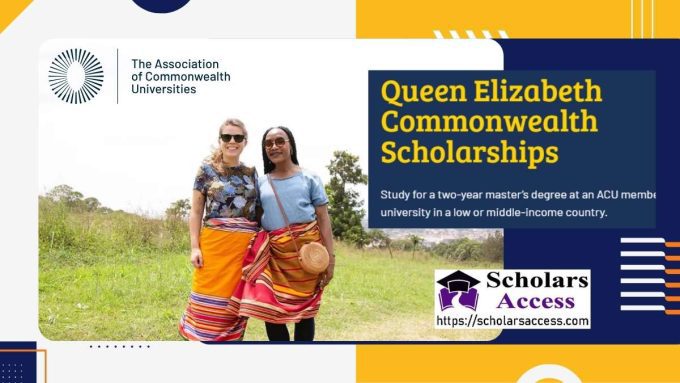
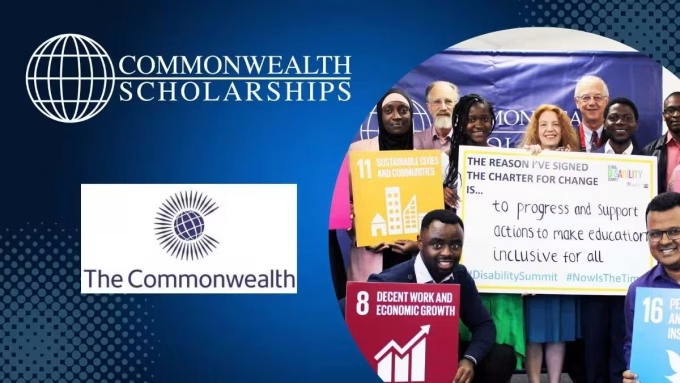
2 Comments